

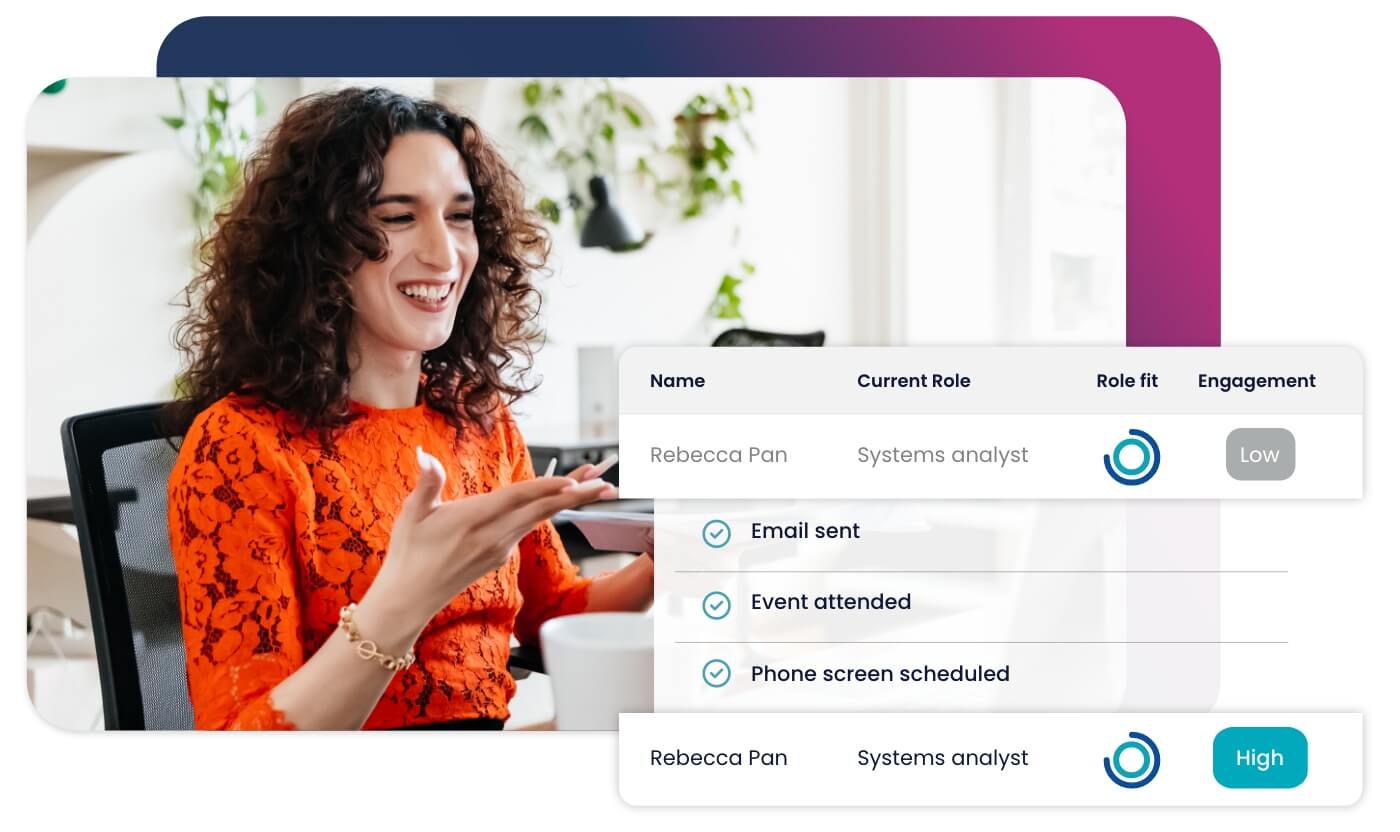
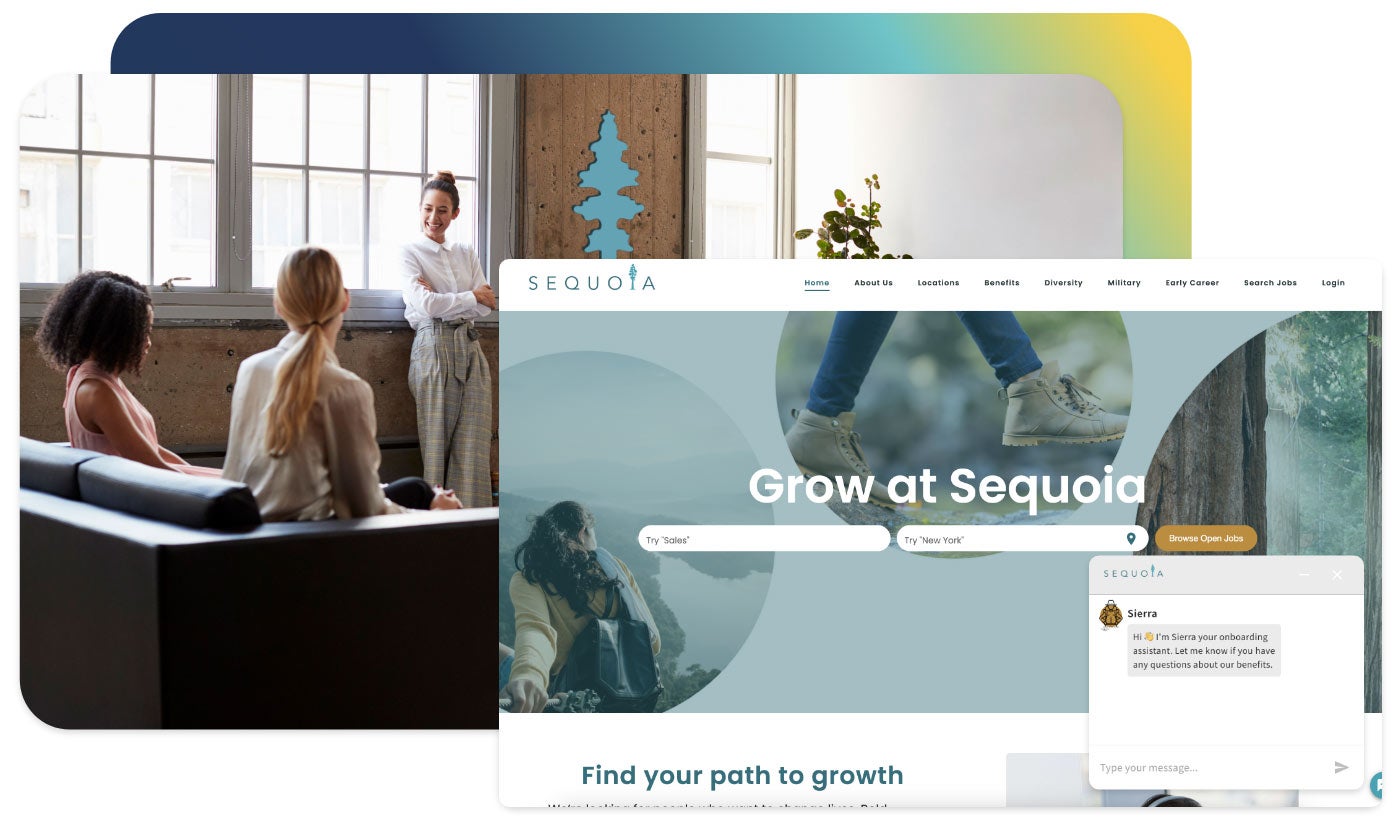


Accelerate hiring key talent to deliver care and exceed patient satisfaction.

Attract skilled candidates, speed up hiring and grow expertise in your workforce.

Simplify recruiting finance and banking talent with a platform for hard-to-fill roles.


Build a talent pipeline that engages and drives your business forward.


See how diverse and global enterprises use iCIMS to employ millions, drive innovation and connect communities worldwide.

Learn how a beloved restaurant hires 40,000+ annually with a great candidate experience.
Uncover unique market insights, explore best practices and gain access to talent experts across our library of content.


View press releases, media coverage, the latest hiring data and see what analysts are saying about iCIMS.

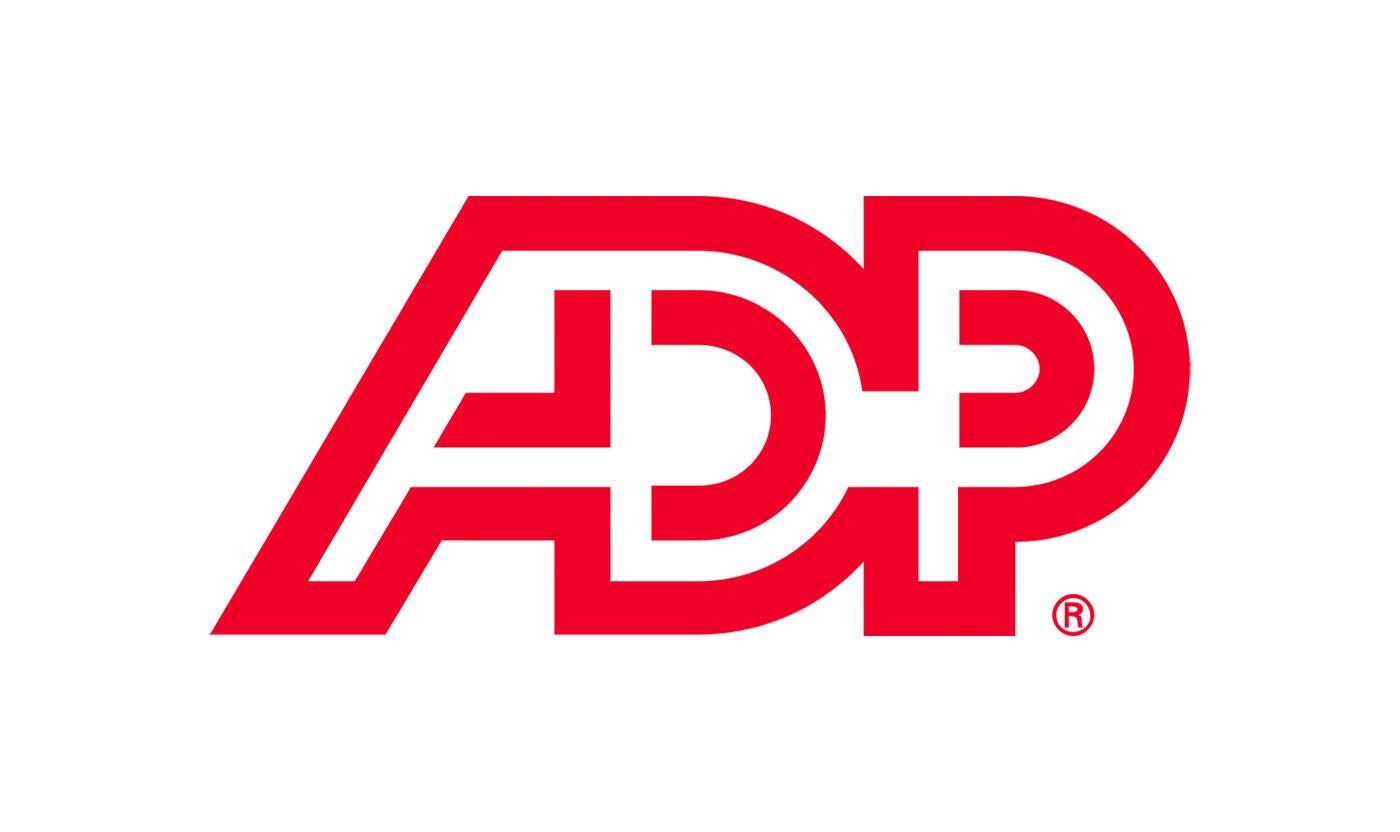
Streamline your tech stack and take advantage of a better user experience and stronger data governance with ADP and iCIMS.
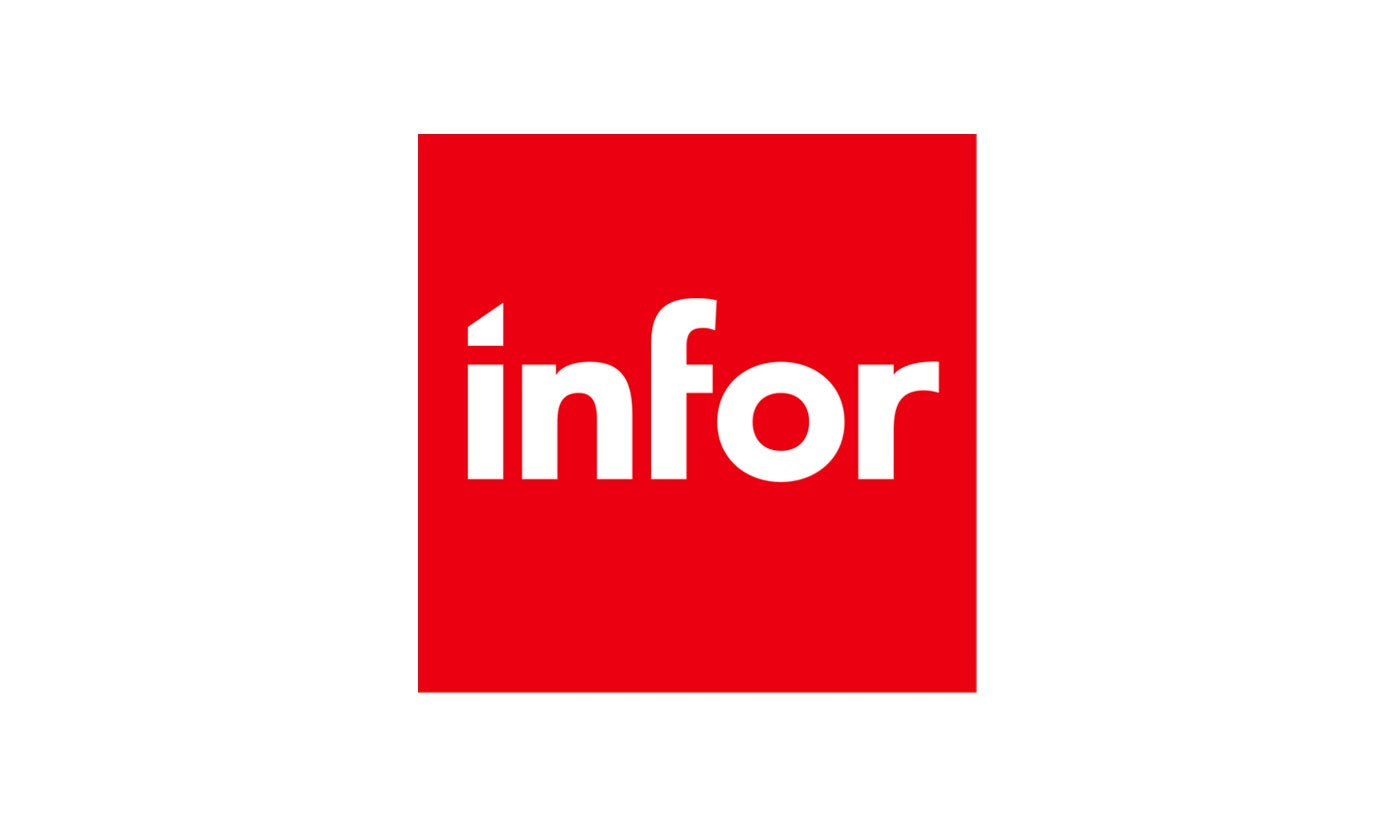
The combined power of iCIMS and Infor helps organizations strategically align their business and talent objectives.
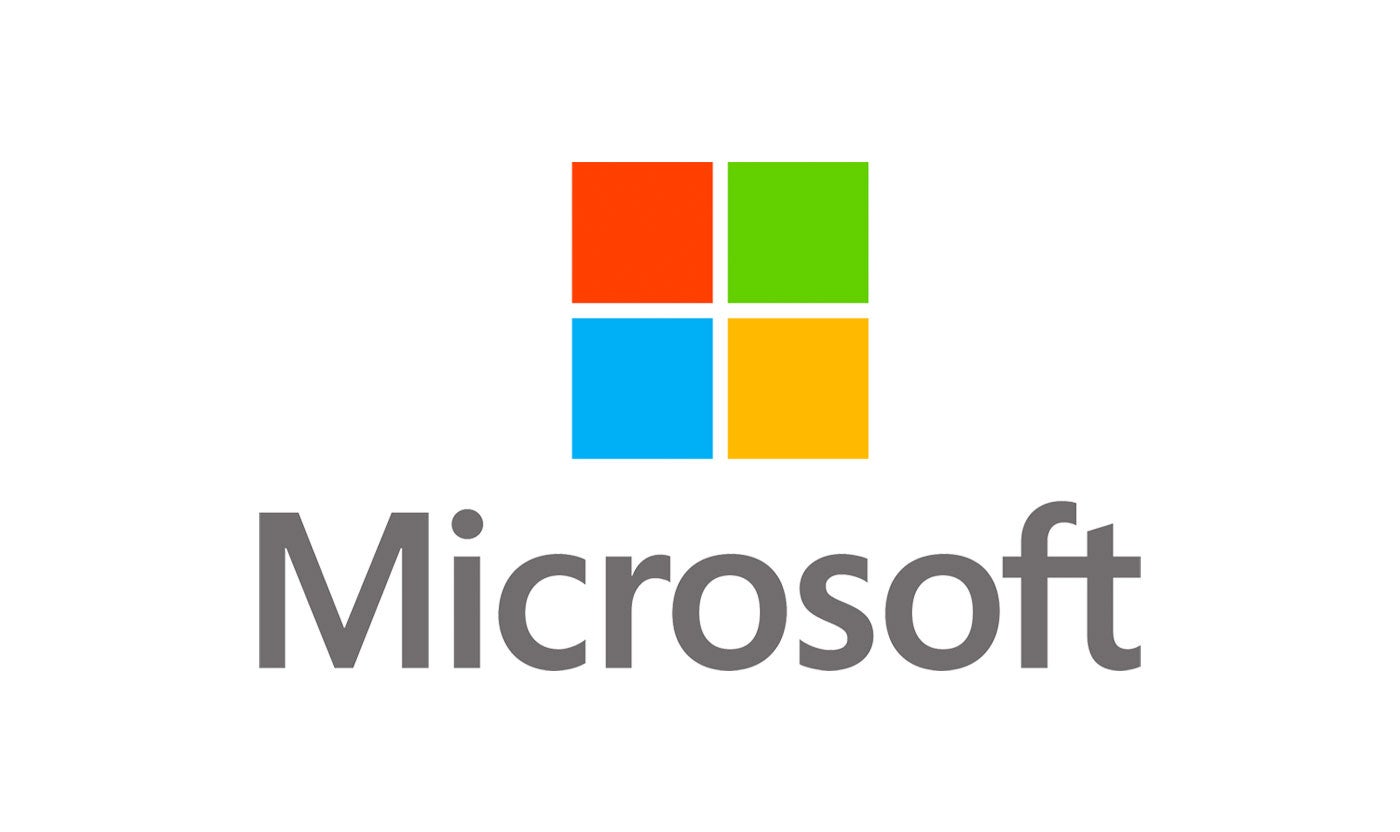
Our award-winning partnership with Microsoft is grounded in a shared desire to transform the workplace and the hiring team experience.
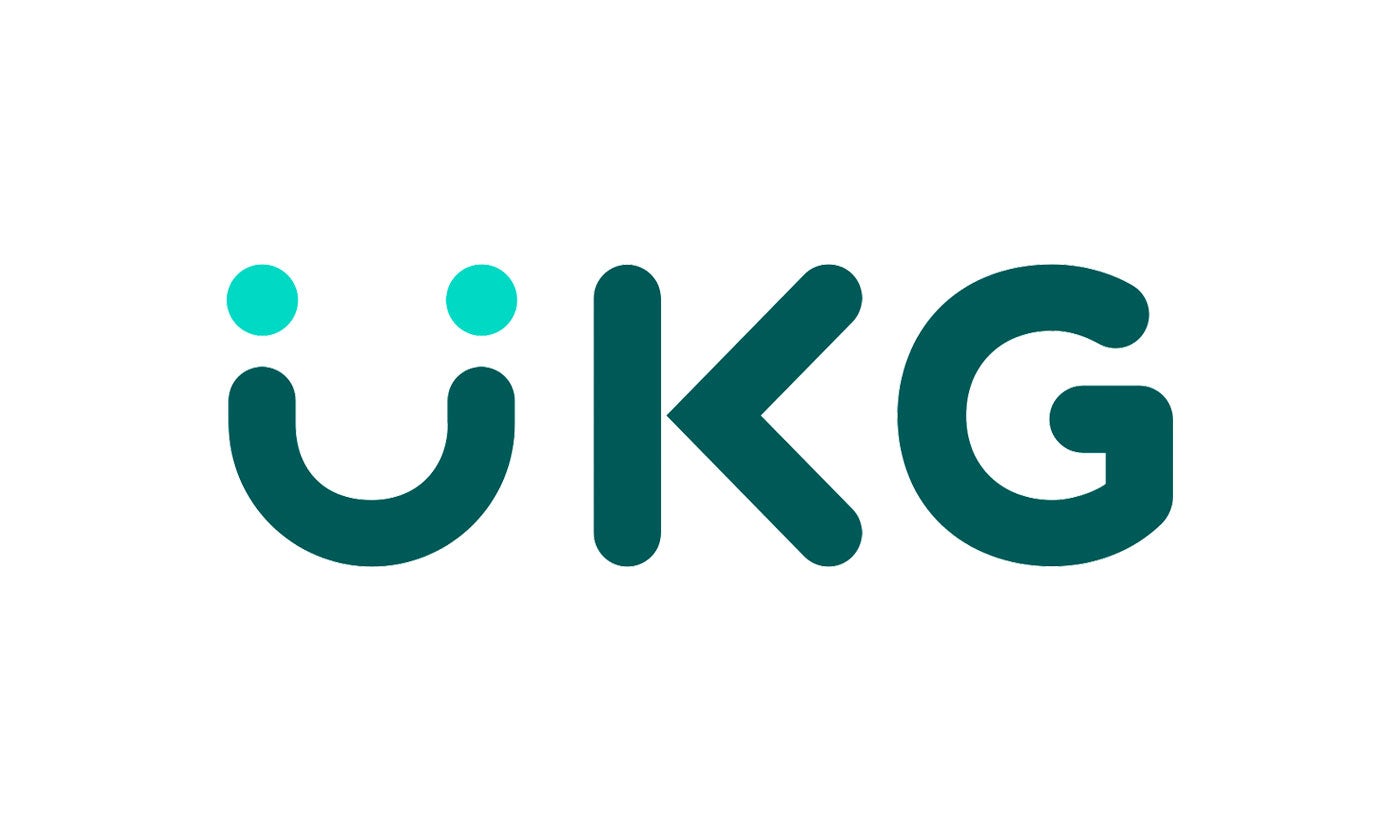
Our partnership with Ultimate Kronos Group (UKG) supports the entire talent lifecycle by bringing frictionless recruiting solutions to UKG Pro Onboarding.

The average member of the workforce is well aware that today’s job hunt looks very different than it did just a few years ago. Now, virtually all applications must be completed online, and there’s usually an opportunity to populate applications with social media profile data, upload video cover letters, and even complete the entire process within minutes on your phone. All of these advancements in the candidate experience have made recruiting technology an area of intense innovation, and it all came to a pinnacle last year with the arrival of Google for Jobs.
For over a decade, more than 70 percent of job searches started on Google, according to CareerBuilder. That means the lion’s share of directly-sourced job applicants (who did not come as the result of an employee referral) were finding potential employers by entering a simple set of search terms in the world’s most popular database. As obvious as this may seem, job seeking remained under the radar in lieu of Google’s other search experience priorities such as indexing travel, restaurants, stores, etc.
As a result of turning a blind eye to the job seeker community for so long, Google unwittingly created a multi-billion-dollar recruitment advertising industry led by job boards and job aggregators like Monster, Indeed, and even LinkedIn – essentially serving as middlemen within the hiring process. Companies paid these middlemen, often at great expense, to post their job openings and index them in a way that won the Google SEO battle for prominence.
By filling the chasm between the initial search and the actual job application with their own content, job boards were consistently able to deliver the highest number of candidates from Google. But besides costing employers enormous sums of money to access a database of candidates who wanted to directly apply to their jobs in the first place, job aggregators also take job seekers down a winding, more confusing path to eventually get into the company’s recruiting system of record, the applicant tracking system (ATS).
When a candidate is brought to a job board listing instead of the actual career site, the potential employer is losing out on an extremely valuable asset – the applicant and their data. As job seekers are pushed to create profiles on these sites before applying to a specific role, they are handing their data to these middlemen as an asset, which can then be sold to other organizations looking for similar talent.
This creates two very important consequences: First, it muddies the usage and pathing of the applicant’s personal data, creating concern around candidate data rights and security. And second, it adds an extra, unnecessary step by forcing applicants to enter their data into multiple systems before being able to apply to the employer they are actually interested in. Both results lead to a pretty terrible candidate experience.
Now, Google is working to index the world’s jobs by getting near real-time job data from as close to the source – the employer – as possible. This means working directly with the company’s recruiting system of record, the applicant tracking system (ATS), to empower candidates with greater visibility and easier access to relevant job data and rich supporting content.
By allowing candidates searching on Google to find jobs directly from the employer’s recruitment platform – which are now also enhanced by Google’s AI and machine learning engines – rather than being sifted through a middlemen community of job boards and job aggregators, candidates can get a much cleaner and improved job search and application experience. There’s no confusion regarding where to find the job or how to apply to it, and no need for duplicate data entry.
This is a new world for employers who had been pouring their dollars into recruitment advertising software. But more excitingly, it is a new world for job applicants with significantly less frustration than the past. By overcomplicating the job searching experience, we in the recruiting industry had inadvertently widened the barrier between job seekers and employers.
Traditionally, LinkedIn hasn’t been able to expand far beyond white-collar industries and candidate profiles. Nonetheless, the highest volume hiring typically takes place in retail, services, and manufacturing, where a wider recruitment funnel is crucial to maintain a steady pipeline of candidates. It’s important to recognize that workers in these roles aren’t necessarily used to being behind a desktop, maintaining complicated spreadsheets, or regularly switching between software systems, and many are far more receptive to engagement via text message than traditional email. As such, they may become quickly frustrated or intimidated by having to create multiple online profiles just to apply to one job – a hindrance no one should have to encounter.
In many ways, and especially within the job hunt, Google is the great equalizer. Almost everyone on the planet knows how to “google” something, so much so that it’s become its own verb. The beauty however, is in its innate accessibility. If everyone can start at the same search point, and be served accurate, direct information, the job search becomes infinitely more manageable – and fair – for the average person. That’s a world that Google believes in, and that employers across the board should believe in, too.




